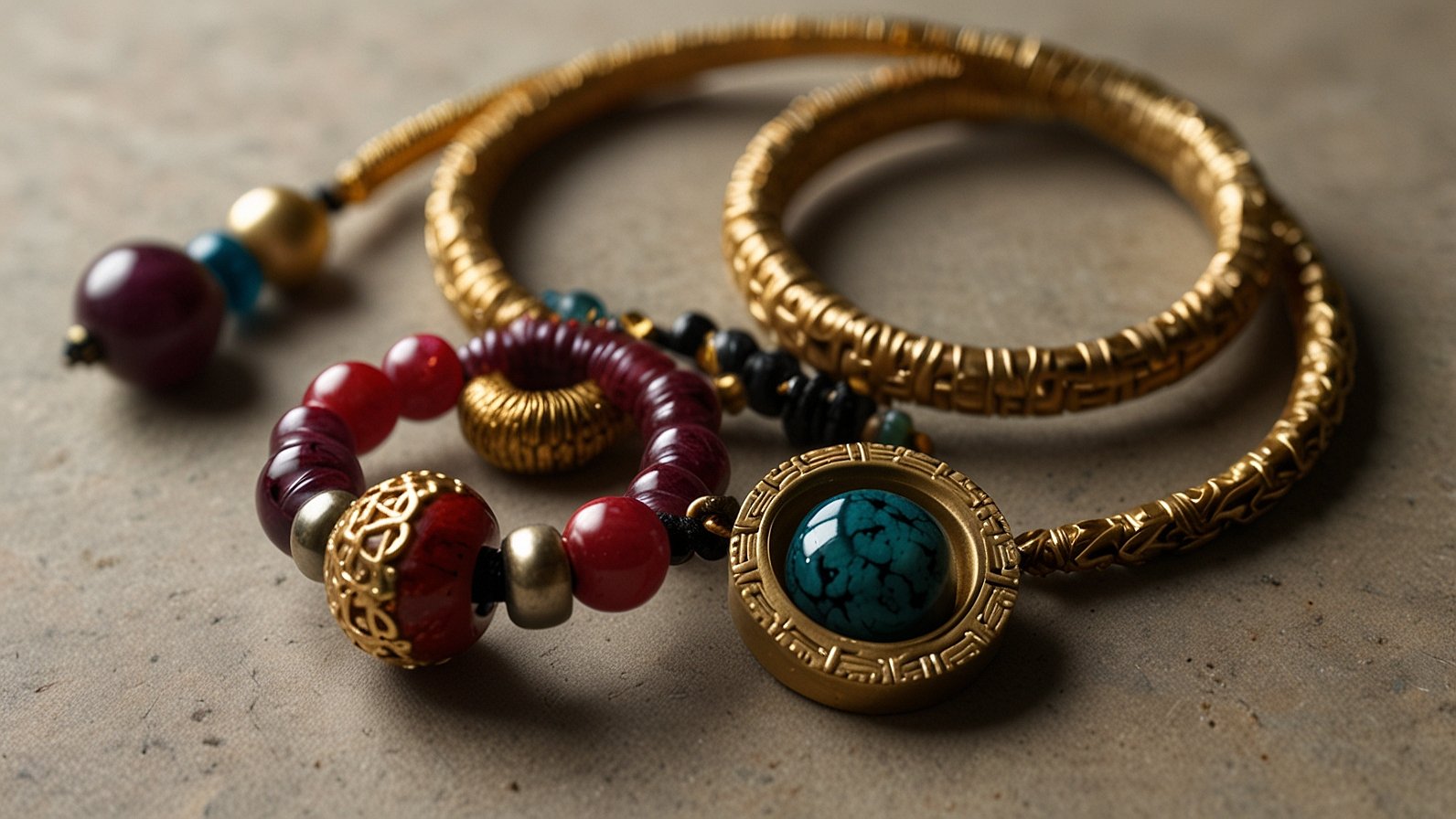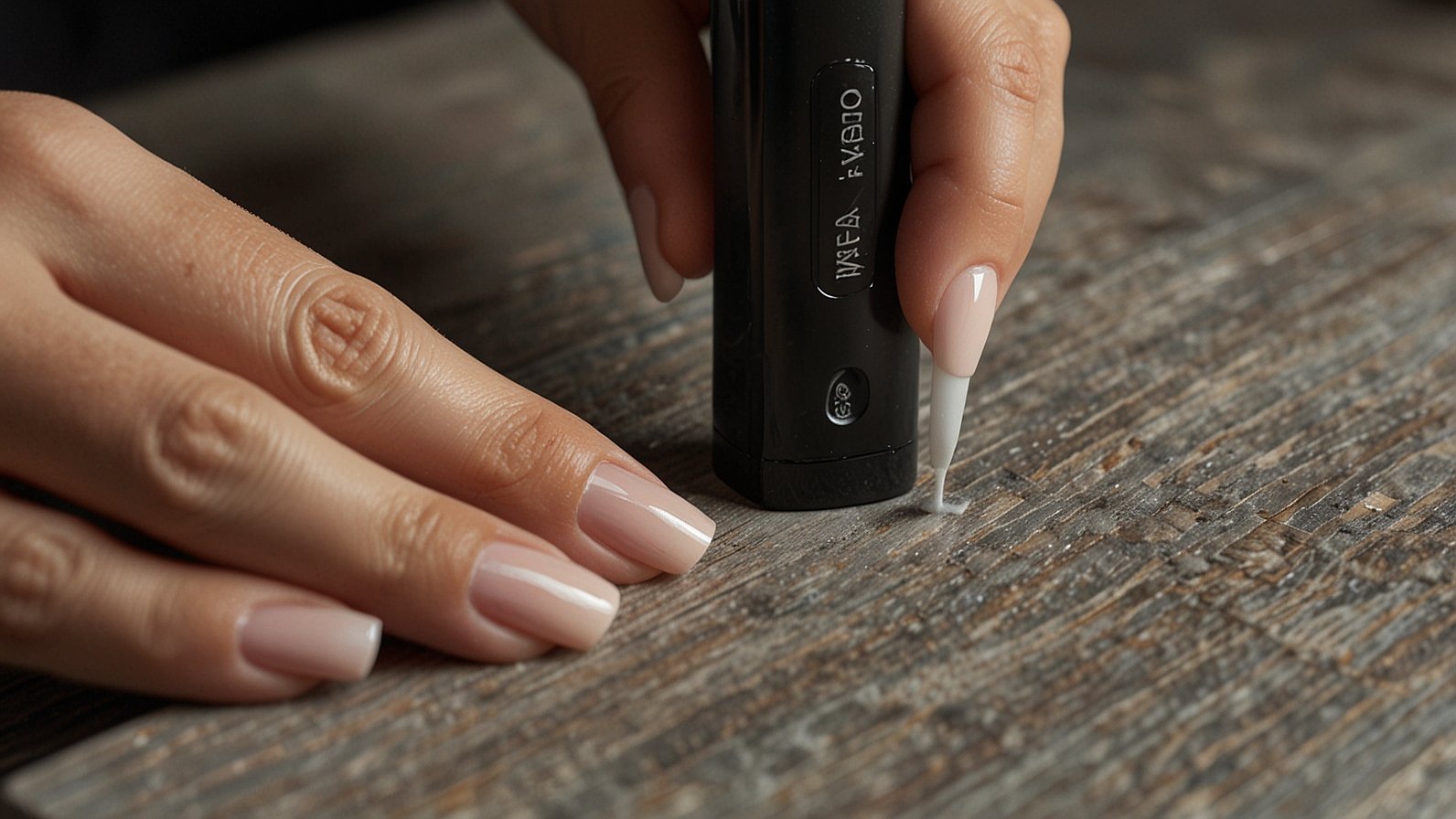Have you ever held a piece of jewelry and felt it was more than an accessory? That it had a story, a pulse, a quiet weight to it? Most of us are surrounded by mass-produced trinkets, items churned out by the thousand, beautiful but ultimately silent. They don’t speak of the hand that made them or the earth they came from.
But what if a piece of silver could tell a story of two ancient cultures colliding? What if the stoic resilience of the American Southwest could find a common language with the serene, accepting beauty of rural Japan?
That’s the question, isn’t it? And the answer, surprisingly, is being forged in the heart of Japan’s artisan retail scene. It’s a name you might not have heard yet, but one you won’t soon forget: Tsunaihaiya.
This isn’t just another brand. It’s a dialogue. A bridge. It’s the sound of a hammer on silver in a quiet Tokyo workshop, a rhythm that echoes equally in the deserts of Arizona and the mountains of Kyoto. Let’s pull up a chair and listen to what it has to say.
The Two Hearts Beating in Tsunaihaiya’s Craft
To understand Tsunaihaiya, you really need to break down its two cultural pillars. This isn’t a mere fusion; it’s a deeply respectful marriage of two distinct, powerful philosophies of creation.
The Apache Foundation: Silversmithing as Storytelling
The Apache people have a long and revered history of silversmithing, a skill originally adopted from the Spanish and then transformed into something uniquely their own. For them, silver isn’t just a metal; it’s a canvas. It’s a way to capture the essence of the natural world—the bear, the eagle, the sun, the thunderbird.
Apache work is often bold, featuring heavy-gauge silver and dramatic, symbolic designs. They use techniques like stampwork, where intricate patterns are hammered into the metal, each stamp telling a part of a larger story. The famous squash blossom necklace isn’t just a fashion statement; it’s a narrative piece, its components rich with meaning. Turquoise, the “sky stone,” is often set in these pieces, believed to offer protection and connection to the divine.
You might not know this, but the very process is a testament to resilience. The annealing, the hammering, the polishing—it’s all about bringing something beautiful and strong out of a raw, unyielding material. It’s a metaphor, frankly, for survival itself.
The Japanese Essence: Wabi-Sabi and Kanso
Now, let’s travel across the Pacific. Japanese aesthetics, particularly the concepts of wabi-sabi and kanso, operate on a different, but strangely complementary, wavelength.
- Wabi-Sabi is the art of finding beauty in imperfection, impermanence, and incompleteness. It’s the crack in a ceramic bowl repaired with gold (kintsugi), the quiet solitude of a moss-covered stone, the asymmetry of a hand-thrown pot. It accepts the flow of time and the marks it leaves.
- Kanso is one of the principles of Zen aesthetics, advocating for simplicity, elimination of clutter, and a directness of expression.
So, while Apache artistry might celebrate the bold symbol of an eagle, Japanese wabi-sabi might find equal beauty in the subtle, uneven texture of the silver itself, or the way a turquoise stone’s inclusions look like a miniature landscape.
See where this is going? The bold, narrative-driven power of Apache work meets the subtle, introspective serenity of Japanese craft. The result is nothing short of alchemy.
The Tsunaihaiya Difference: A Comparative Look
It’s one thing to talk about philosophy, but how does this actually translate to the jewelry you can wear? Let’s get tangible.
| Feature | Mass-Produced Fashion Jewelry | Tsunaihaiya’s Cross-Cultural Artisanry |
|---|---|---|
| Design Philosophy | Trend-driven, fast replication. | Story-driven, blending Apache symbolism with Japanese wabi-sabi. |
| Material Integrity | Often plated base metals, synthetic stones. | Primarily sterling silver, natural turquoise, and other authentic gemstones. |
| Craftsmanship | Machine-made, uniform, and perfect. | Hand-forged, featuring slight variations, hammer marks, and intentional asymmetry that celebrate the human hand. |
| Narrative & Soul | None. It is an object. | Deeply embedded. Each piece is a wearable artifact of a cultural conversation. |
| Longevity | Tarnishes, breaks, and is replaced. | Heirloom-quality; designed to age gracefully and develop a personal patina. |
Honestly, looking at that table, the choice becomes less about price and more about value. Do you want a piece that’s of the moment, or one that’s for a lifetime? Tsunaihaiya firmly plants its flag in the latter camp.
Positioning in Japan’s Fashion Landscape: The Quiet Revolution
Japan’s retail market is a fascinating beast. On one end, you have hyper-fast fashion and futuristic trends. On the other, you have a deeply entrenched respect for traditional artisanship—the shokunin spirit, the dedication to a craft for a lifetime.
So, where does a brand like Tsunaihaiya fit in?
It’s carving out a niche for what I’d call the “conscious connoisseur.” This isn’t for the teenager chasing the latest Harajuku craze. It’s for the individual who appreciates the story behind a kintsugi repair but also craves the raw, earthy power of something like a Navajo concho belt. It’s for the person who shops in the quiet galleries of Omotesando rather than the bustling streets of Shibuya.
Some experts might argue that such a niche brand has limited appeal. But here’s my take: the global consumer is becoming increasingly sophisticated. They’re tired of the hollow and hungry for the authentic. Tsunaihaiya doesn’t just sell jewelry; it offers a piece of a worldview. In a market saturated with repetition, that’s a powerful differentiator.
Why This Matters More Than Ever
In a world that feels increasingly fragmented, projects like Tsunaihaiya are quietly revolutionary. They remind us that beauty is a universal language, and that the deepest human impulses—to create, to symbolize, to tell our stories—transcend geography and culture.
It’s a testament to the idea that we can meet in the middle, in that creative space where a desert storm can find peace in a Zen garden. When you wear a Tsunaihaiya piece, you’re not just wearing silver and stone. You’re wearing a piece of that meeting place. You’re carrying a small, beautifully forged treaty of artistic respect.
A Final Thought
In the end, Tsunaihaiya is more than a brand. It’s a quiet argument for a more thoughtful way of being in the world. It asks us to look closer, to value the story, and to find beauty not in sterile perfection, but in the rich, textured, and beautifully imperfect dialogue between cultures.
So, the next time you consider a piece of jewelry, ask yourself: are you just buying an object, or are you investing in a narrative? The answer might just lead you to a small workshop where the desert wind meets the mountain calm.
You May Also Read: Exploring webfreen.com Fashion: Your Go-To Style Companion
FAQs
How do you pronounce “Tsunaihaiya”?
It’s simpler than it looks! Think of it as “Tsoo-nai-hai-ya.” The name itself is a blend, designed to evoke its cross-cultural roots without directly appropriating a specific word.
Is it ethical for a brand to blend these two indigenous and traditional cultures?
This is a crucial question. From my research, Tsunaihaiya approaches this with deep reverence. They aren’t “mixing” styles randomly. The brand founder has documented relationships with artisans from both traditions, focusing on collaboration and respect rather than appropriation, ensuring the narratives are honored.
Where can I see and purchase Tsunaihaiya jewelry?
Currently, they are positioned in select, high-end artisan boutiques and galleries in Tokyo, Kyoto, and Osaka. They also maintain a direct-to-consumer e-commerce site, which often features the stories behind each collection.
Do they use real silver and turquoise?
Absolutely. Heirloom quality is central to their brand. They primarily work with sterling silver and source natural turquoise, often from respected mines in the American Southwest, valuing the stone’s unique character and imperfections.
Is the jewelry heavy or delicate?
They strike a fascinating balance. The pieces have the substantial, confident feel of Southwestern jewelry but are often finished with a Japanese lightness and simplicity, making them surprisingly wearable for everyday.
How should I care for my Tsunaihaiya piece?
Treat it like the artisan artifact it is. A soft, dry cloth is usually best for cleaning. The idea is to preserve the patina that develops over time—that’s the wabi-sabi principle in action, embracing the beauty of age.
Do they do custom or commissioned work?
Given the handmade nature of their collections, limited commissions are sometimes available. It’s best to contact them directly for such inquiries, as these projects truly embody the bespoke, collaborative spirit of the brand.










